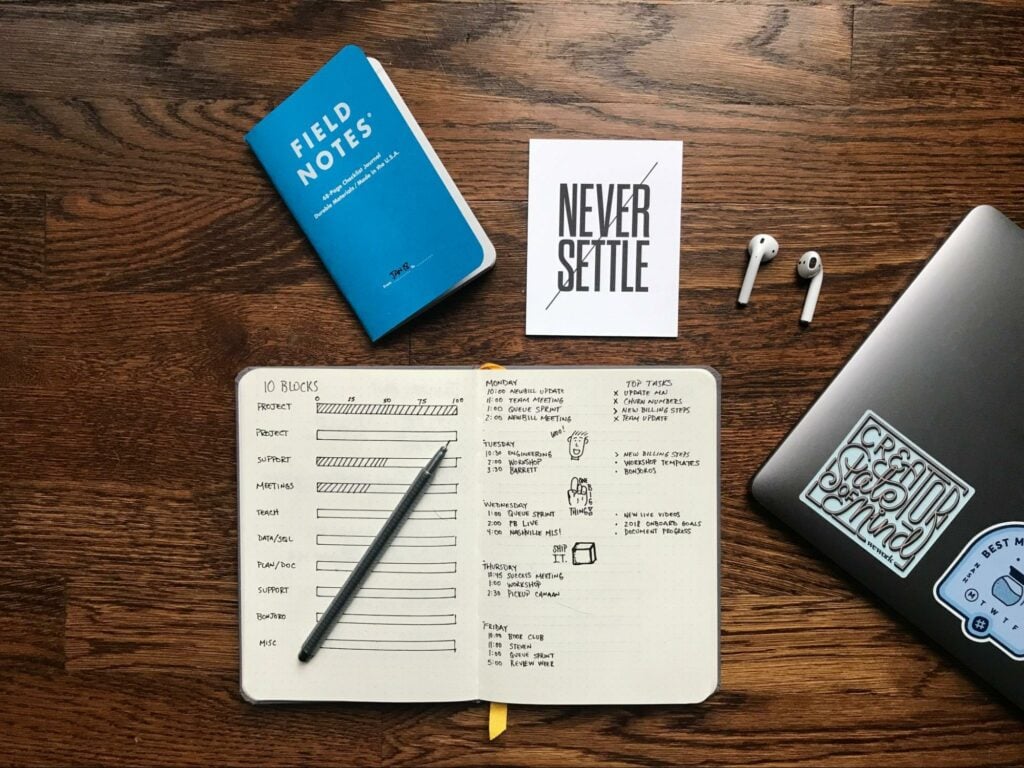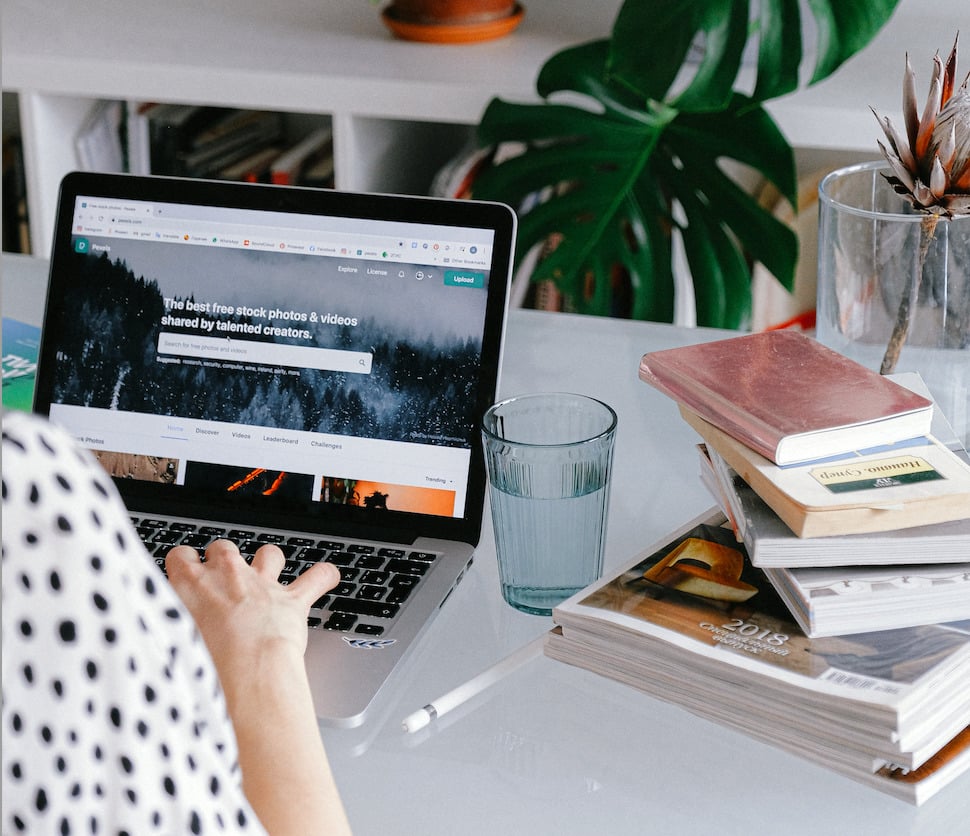
Productivity systems have been around for a long time but very few people use them. If you’re looking to find out how to become more productive in 2023, your best bet is to find the perfect productivity system to suit your needs.
Productivity systems are a set of steps, methods and/or tools that, when put together, help you become more productive and save time and effort. As each individual has different requirements, based on a variety of factors including their job role, environment, personality, etc., there are various productivity systems that fit different needs and wants.
While these systems are not meant to complete your tasks for you, they do help ease your workload and significantly cut down on time wasted.
Getting started
Before deciding on a system and adopting any tools, you need to first figure out what your ‘requirements’ are and then work out what you’ll need to meet them. You’ll have to start from the smaller elements and work your way up to the bigger things.
You can begin by identifying what productivity means to you. The simplest (and healthiest) way to define productivity is this: distributing your time efficiently so that you can complete your most necessary tasks within an allocated time frame while expending less effort but maintaining good quality output.
Sounds like a lot? It’s really not! This is how you ensure you have enough space and energy left to balance your personal and professional lives and it’s 100% possible.
You just need to prioritise well and get an understanding of when and how you spend your time. Here are few steps that’ll help you get started.
Identify the problem
Ask yourself this question: “What would help me feel more productive?” Depending on your answer, you’ll be able to figure out the next steps of your productivity plan.
This leads to the next series of questions. If you can, please grab a pen and paper or open a document for this next segment.
- Do you have issues sticking to deadlines?
- Do you have too many meetings and events going on?
- Are you struggling with organising your workload?
- Is scheduling your tasks difficult for you?
- Are you having trouble with tracking and storing ideas and inspiration?
- Is there too much clutter that you need to clear? (Emails, files, etc.)
- Are you finding it difficult to concentrate on your work?
- Are there other issues in your life that are hurting your output?
If you answered ‘yes’ to any of the above, they are the problem areas that affect your productivity. Now, you’ll need to reorder the questions you answered ‘yes’ to from most problematic to least problematic (as in, the ones that cause you the most trouble, which would be at the top of the list, to the ones that are the least troublesome, which would be at the bottom).
This will help you with your action plan as you’ll know which problem to address first.

Stop wasting time
The main obstacle people face when it comes to productivity is time. This is why having good time management skills is such a great plus when candidates apply for jobs. Employers love it when their employees respect their time and utilise it well.
Before you even start with your action plan, you’ll need to eliminate time-consuming activities and behaviours. Below are some of the most common ways people unknowingly waste time to help you identify them.
Multitasking
“I’m great at multitasking” is something people say far too often in interviews. The truth is, basic multitasking is something most people can do. You can talk on the phone and set up your doctor’s appointment while making your morning coffee. It only becomes a problem when you try to apply it to your tasks that aren’t so simple to complete.
If you have to finish writing a book report and also go hiking to shoot some footage for work, chances are, you’re not going to get at least one of the two tasks done. Worst case scenario? You’ll get neither done. Juggling tasks is a bad idea — especially if you’re already struggling with your productivity.
Working at the wrong time
Those with the flexibility to work whenever “as long as the job gets done” rarely have trouble with this issue but for the rest who usually have a 9-5 schedule, this could be a problem.
Not everyone’s an early bird and some people actually work much better in the evening or at night. Figuring out which hours of the day work best for you and utilising that window to complete your most difficult tasks will significantly boost your productivity.
For example, if you know you don’t function well after meals, monitor the timings and see how long it takes your brain to get back into focus mode. Now, you can shift your tasks around until they fall into more comfortable time slots.
Doing easy tasks first:
Completing easy tasks first is a great way to get you motivated but it can be detrimental when you have bigger, harder tasks waiting for you at the end of your workday.
You’d probably think, “If I finish up all the quick, easy tasks first, I’ll have time to sit and simmer with the bigger task later.” This is how we tend to procrastinate. Regardless of what time of day works best for you, if you start working on easy tasks first, you’ll run out of steam a while later, leaving you even more frustrated and exhausted.
Prioritise the heavy tasks and finish them off first. You’ll find that you have a lot more energy later on and that you can get more done with less hassle.
Not taking breaks
Human beings were not made to work non-stop. Anyone who works endlessly and doesn’t reserve some personal time for themselves will experience burnout sooner or later — which can be very hard to recover from.
Burnout can affect the quality of your work, your mental, physical and emotional health, and your relationships with those around you. It’s very important that you set aside time to take a break or else you’ll see your productivity plummet.
Additionally, it’s important to note that ‘home’ and ‘work’ are two different ‘spaces’. If all your breaks happen within the confines of your office or your home, you won’t be getting the full benefit of your breaks.
A third space is recommended. This could be anything, from a swimming pool to an archery range, a friend’s house or an arcade. Wherever it is, make sure you have a third, safe space to unwind.
Allowing distractions
We all allow distractions every now and then but getting distracted kills time. Social media, chatting with friends, watching YouTube or TikTok — these are all great ways to kill time when you can afford to do so, but not when you have a massive workload waiting to be cleared.
You can take several steps to address this issue. Flight mode on your phone will prevent calls and messages from distracting you until you’re done with work.
You can also set a timer which doesn’t rely on the status of task completion. For example, you can set a timer for 45 minutes and tell yourself that you’ll be able to check up on all your messages or media after the timer goes off.
Since you know how much time you need to work before you can take a social media break, you’ll be able to focus on the task at hand better.
Disrespecting your own boundaries
Your time is your time, and only you know what you need to do and when. This is why disrespecting your own boundaries is such a waste of time! It usually goes like this.
Person X has 5 tasks and they’ve booked time slots to complete them. Person X’s manager asks them to take on 5 more tasks and complete them within the day. Unfortunately, X isn’t very good at saying “no” to these requests and takes on the extra tasks. Now, they’ve not only overloaded themselves with the new tasks, but their old tasks will not get the attention they deserve either.
This is why it’s important to know what you can do, set your boundaries and stick to them. Politely explain to people that you won’t be able to take on any new tasks within the day due to your scheduling, and you can also offer them options like swapping tasks with a coworker so you can take on something new or even finish this task on a later date when you have time.
Not organising your material
Possibly the biggest mistake that most of us are guilty of — not organising our materials in an efficient manner. The lack of organisation when it comes to our files, emails and messages is like a sponge that soaks up all your time. Just hunting down a single message could sometimes take a day!
So, how do you make sure everything is accessible and organised? Let’s address the three areas of concern and some quick ways to fix them.
1. Files: Put everything up on your Google drive. All your footage, images, documents — all of this can go on your drive. It’s very easy to sort through and even share with people if and when necessary.
Next, don’t mix your work and personal documents ever. Create separate folders for ‘work’ and ‘personal’, and dump everything you receive in the right folder.
It also helps to give your folders and documents short but clear names to help you identify which ones you’re looking for at a glance.

2. Emails: In order to clear your inbox, the first thing you’ll want to do is unsubscribe from every useless service. You can do this by creating a custom search for emails. All it takes is the right filters. You can check the link for a step-by-step guide on how to do this.
Go to the search box and click on the button beside it which leads to an ‘advanced’ search option. You’ll see a field that says ‘Has the words’. In this text box, type ‘unsubscribe’ and then create the filter.
Most of the emails that pop up will be ones from various subscriptions you’d signed up with, all with the option to unsubscribe from them.
3. Messages: Do you often work on Slack or pass along important information via apps like WhatsApp? Use the bookmark or star functions in order to save what is important. Let’s say you received the login details for a platform from your boss. You immediately bookmarked or starred it.
Now, instead of panicking and looking for it again weeks later, you’ll be able to find it under ‘starred messages’ or ‘bookmarks’ with ease — this is especially helpful when you know the rough date of when you received the details.
Final thoughts
Productivity isn’t something that only concerns work. It can also mess with your personal life, your learning goals, and more. Knowing how to be productive can increase your chances of living a more balanced life — and not letting work consume you!
In this piece, we spoke about how to identify what’s causing productivity problems for you personally as well as how to clear up time before working on an action plan. In the next article of this series, we’ll talk more about productivity systems, diving into greater detail on the various types and whom they’re best suited for.



